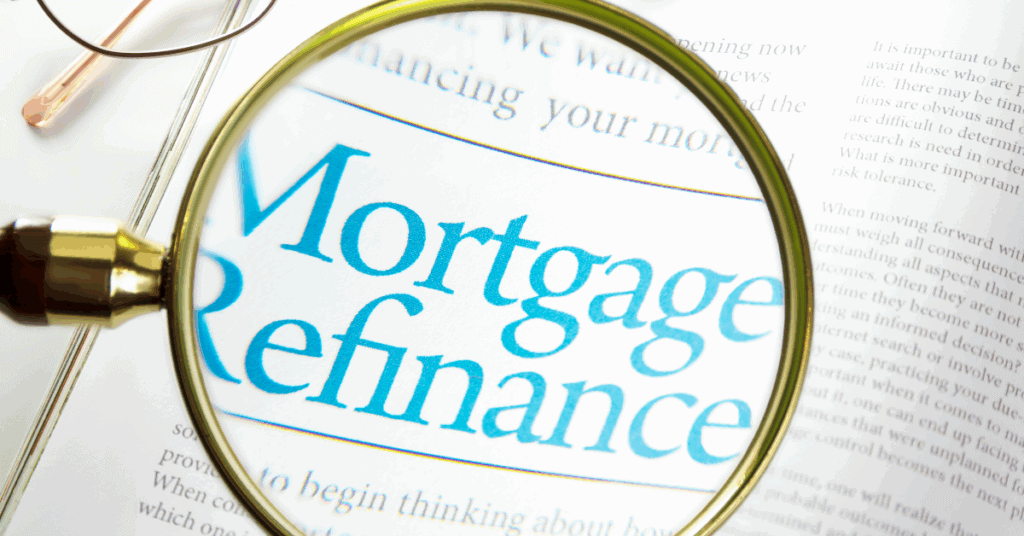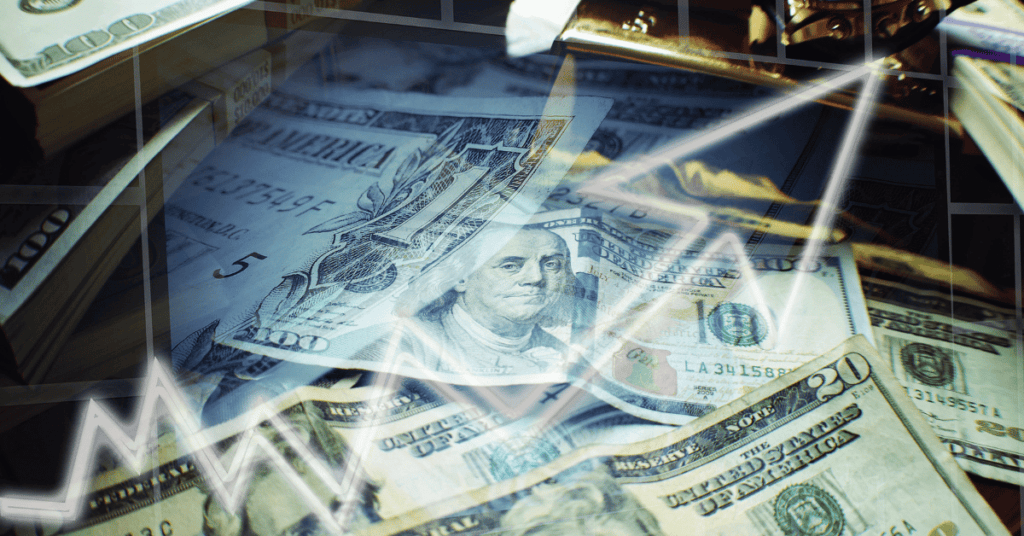Get Expert Financing
- Matched with investor-friendly lenders
- Fast pre-approvals-no W2s required
- Financing options fro rentals, BRRRR, STRs
- Scale your portfolio with confidence
Strictly speaking, doing a cash-out refinance is a form of “equity-stripping.” That’s what it’s called any time you borrow money against your home for a purpose that is not related to the property itself. There’s no question that equity stripping can lead you to a bad place. But there are times when it makes perfect sense to do a cash-out refinance.
What are those events?
In today’s complicated health insurance sector, out-of-pocket costs are higher than ever and rising steadily. These include copayments, deductibles and coinsurance provisions. Insurance companies have been steadily increasing these expenses in recent years, in an attempt to keep health insurance premiums lower.
This can become a serious burden if you have a major surgery or health event.
For example, if your health insurance plan includes the $5,000 deductible, you’ll be expected to come up with that amount of money before your health insurance even kicks in.
Another hidden problem is coinsurance. A typical coinsurance provision might require that you pay 20% of all medical costs after paying the deductible. If your plan has an out-of-pocket maximum of $10,000, you could end up paying $5,000 for coinsurance, in addition to the $5,000 deductible.
This would be the case if your hospital and doctor charges were at least $30,000 in one year. Under the coinsurance provision, you have to pay 20% of the charges that exceed the $5,000 deductible, or 20% of $25,000. That would require paying $10,000 out of pocket. That’s hardly an unusual arrangement with today’s health insurance plans.
For many homeowners, $10,000 out-of-pocket is a lot of money to come up with. And since deductibles and coinsurance provisions usually apply to each member of the household, that could be double if two members of the same family experienced major healthcare events in the same year.
Out-of-pocket expenses at this level can represent a serious drain on family finances. Doing a cash-out refinance on the home may preserve your family’s financial security. And even though medical costs are not related to the home itself, they are necessary for survival.
It now costs an average of $25,290 per year to attend an in-state public college and $50,900 per year for a private college. That translates into over $100,000 for four years at an in-state public school and more than $200,000 for four years at a private college.
Most households don’t have that kind of money “laying around.” And while student loans are a popular way to finance higher education, using them to cover 100% of college costs can leave the student with an unsustainable debt burden. Any money that can be raised from other sources can reduce that burden.
Since the family home is the primary asset in most households, borrowing against the property is a natural strategy. Though the money isn’t being used for the home itself, it’s for the purpose of providing an income-producing career for a child. That’s one of the best reasons to borrow money from any source, but especially as a cash-out refinance.
From a purely financial standpoint, doing a cash-out refinance to make improvements to your home is probably the single best reason at all. Generally speaking, the improvements made will increase the value of the home by an amount consistent with the additional funds borrowed. In some cases, the improvements made can even exceed the amount of additional funds borrowed.
For example, if you do a cash-out refinance to raise $30,000 for improvements, and those improvements increase the value of the property by $40,000, the net cash-out was a complete win.
In some cases, a cash-out refinance may even be needed to make necessary home improvements. For example, it may be necessary to expand your home to make room for an additional family member.
That can include:
In each case, the cash-out is being performed to expand your home to provide additional living space. A cash-out refinance makes perfect sense in this situation. It may be necessary even if the improvements to your home don’t create an equivalent increase in property value.
The need to accommodate additional family is a compelling reason by itself.
This reason can go in either direction. If you’re periodically doing cash-out refinances to pay off large credit card balances, it can represent equity stripping of the worst kind. You’re using credit cards to pay for what you can’t afford, and then doing serial debt consolidations to make them go away.
Not only does this type of financing put your home at risk, but it also avoids confronting the real problem, which is perpetual overspending.
On the other hand, if you’ve accumulated an uncomfortable amount of high-interest debt due to circumstances beyond your control, doing a cash-out refinance can make sense.
Maybe you’ve accumulated a large amount of debt because of extenuating circumstances. That can include a series of out-of-pocket medical costs, a prolonged time of unemployment, or a business failure. If you’ve been using credit cards and credit lines to cover those expenses, doing a cash-out refinance to pay them off may be your best shot at getting a fresh start.
If you’re eliminating debts with an interest rate of 20% or more, doing a cash-out refinance at around 4-5% can make perfect sense.
Second mortgages and HELOC’s are often used to finance the above situations. And while they can make sense under many circumstances, there are others where it might be better to simply do a cash-out refinance instead.
A cash-out refinance has several advantages over a second mortgage or HELOC:
In any of the above situations, it will make perfect sense to do a cash-out refinance. Even though the cash being taken out isn’t being used for the home itself (except in the case of making home improvements), it is being used for necessary purposes.
We can even say that, loosely, doing a cash-out refinance makes sense any time the ultimate purpose is to provide a long-term greater good in your life.
All of the above qualify for that definition.
Our advice is based on experience in the mortgage industry and we are dedicated to helping you achieve your goal of owning a home. We may receive compensation from partner banks when you view mortgage rates listed on our website.


